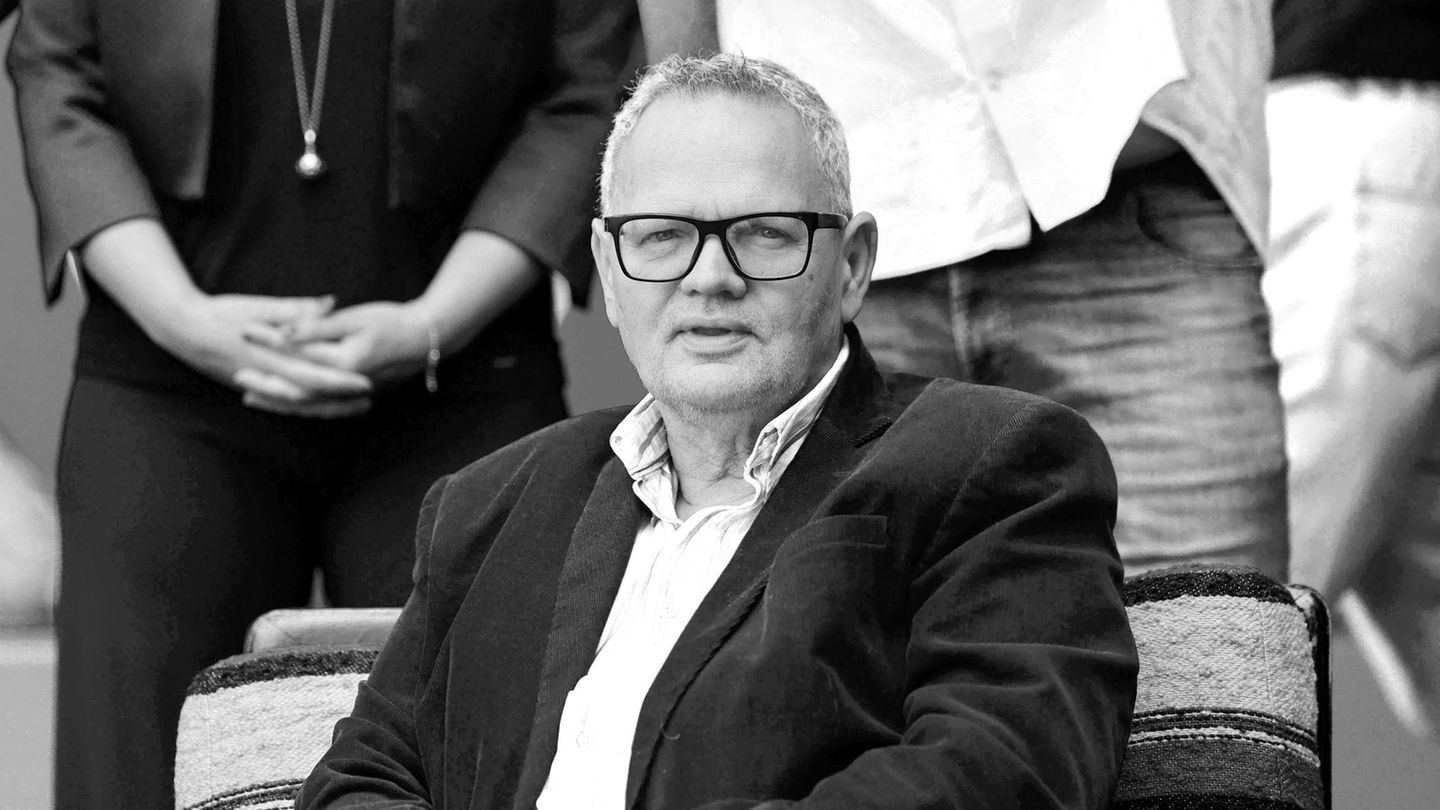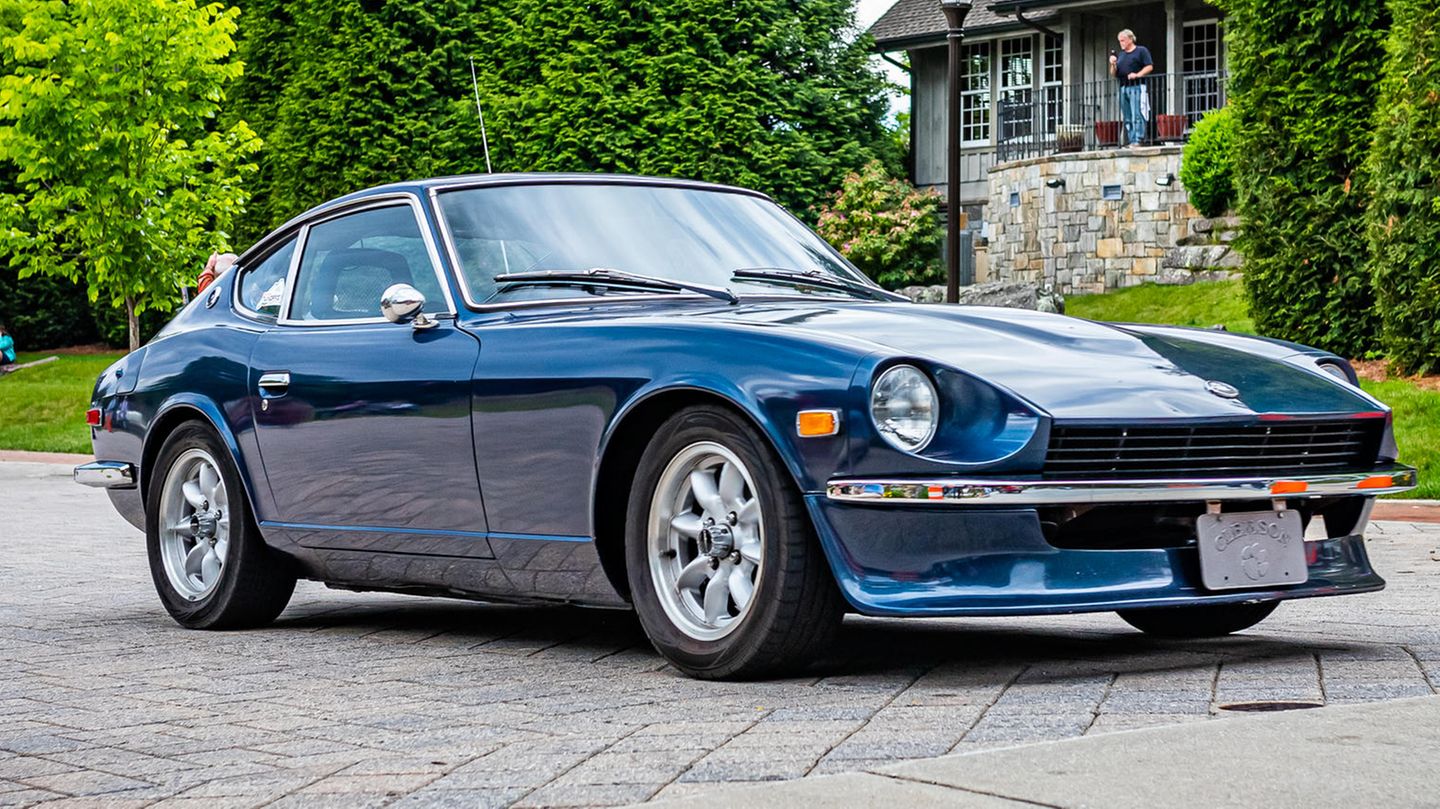Fears that Corona could existentially affect carmakers were exaggerated. The mood is better now. But the manufacturers are plagued by problems. Will the IAA bring the long-awaited momentum in the new format?
The global auto industry is hoping that the newly designed IAA will take off after the pandemic.
Many providers showed their innovations to trade visitors and the media in Munich on Monday – on Tuesday the exhibition, now called IAA Mobility, will be officially opened by Chancellor Angela Merkel (CDU).
The addition in the name is intended to indicate that the organizers from the Auto Association VDA and the Munich exhibition company have reoriented themselves: Instead of a pure PS show in closed halls, it should be a hands-on exhibition to try out. But despite the general corona recovery, some developments are dampening enthusiasm.
1. The auto economy: Compared with the particularly acute crisis months in spring and summer 2020, most manufacturers and suppliers are now doing much better. Now, of all times, when many consumers and businesses have the financial air to order new vehicles again, real sales are lagging behind potential sales.
VW supervisory board chairman Hans Dieter Pötsch sees a “continued positive and strong” overall economy if one takes as a comparison the uncertainty of many customers and the broken supply chains, especially during the first virus wave last year. But the pent-up demand cannot be processed so quickly. “The delivery times for individually configured new cars are now often long,” he told the dpa. “Most of what we had in the camps right after Corona has now also been sold.”
This applies to different countries, but also especially to Germany. The Federal Motor Transport Authority had just reported rather sobering new registrations for August, compared to the already weak month of the previous year, almost a quarter fewer cars were recently on the road in this country. Many consumers are giving up on used cars – also scarce and expensive – or continue to hesitate to buy a car.
2. The persistent semiconductor problem continues to cause losses on the production side. Analysts at Commerzbank found that the number of cars manufactured in Germany also fell sharply in August compared to July: “Obviously, the shortage of primary products is slowing down more and more.” What is meant are raw materials that are becoming more and more expensive, but also the missing microchips in many places. The management consultancy PwC assesses the plans of the auto industry in view of the semiconductor supply crisis with great skepticism that there is “no short-term recovery in supply to be expected,” said auto expert Tanjeff Schadt.
Pötsch sees no rapid relief either. “We have to deal with the fact that we can expect effects until the first half of 2022, perhaps even further,” he said.
Car manufacturers had underestimated their own future needs after the resumption of demand since the end of 2020 and canceled supply contracts. The corresponding quantities are now missing, instead customers from other branches of the economy are often given priority. VW CEO Herbert Diess recently announced that he would also be reviewing contract structures with chip suppliers: “As a rule, we have very long-term contracts. Then we will probably have to coordinate more directly with semiconductor manufacturers and also make longer-term volume commitments there. “
BMW boss Oliver Zipse is also skeptical: “I think that the fundamental tension in the supply chains will continue for the next six to twelve months.” At Daimler, CEO Ola Källenius is cautious: “The situation is volatile.” He hopes it will get better in the fourth quarter. He does not expect significant relaxation until 2023.
3. The e-boom and its sore spots: The industry is lucky that the boom in electric and hybrid vehicles is currently continuing. Without him, business would have slipped even more in the past few weeks. According to the VDA, the share of electric cars in new registrations in Germany is now a new record of 27.6 percent. But here too, electronic parts are urgently needed.
Thanks to the components for electric drives, Bosch boss Volkmar Denner expects a decent growth spurt after the Corona kink. The sales of the automotive supplier division of the technology group is expected to increase by ten percent this year.
4. How green are the «green» strategies? Exactly this is a fierce point of contention: not all carmakers can bring themselves to define a clear phase-out date for combustion engines. Climate protectors criticize VW, Daimler and BMW for not phasing out diesel and gasoline engines by 2030 at the latest. Volkswagen justifies this with regionally different market conditions. Greenpeace’s traffic expert, Marion Tiemann, considers this to be inadequate – and handed the document to Diess in Munich for a suit that the organization is threatening with, together with Deutsche Umwelthilfe (DUH).
By 2030, the core brand of the VW Group wants to operate more than 70 percent of its vehicles in Europe fully electric, in North America and China at least 50 percent. Diess emphasizes that a lot is already being done – and other sectors must also make their contribution to reducing CO2. BMW also rejected the arguments of the critics. On the other hand, Nabu agreed with Greenpeace’s assessment – after the election at the end of September, the coming federal government would have to “make a clear commitment to the end of new registrations of internal combustion engines by 2030”.
Jane Stock is a technology author, who has written for 24 Hours World. She writes about the latest in technology news and trends, and is always on the lookout for new and innovative ways to improve his audience’s experience.




